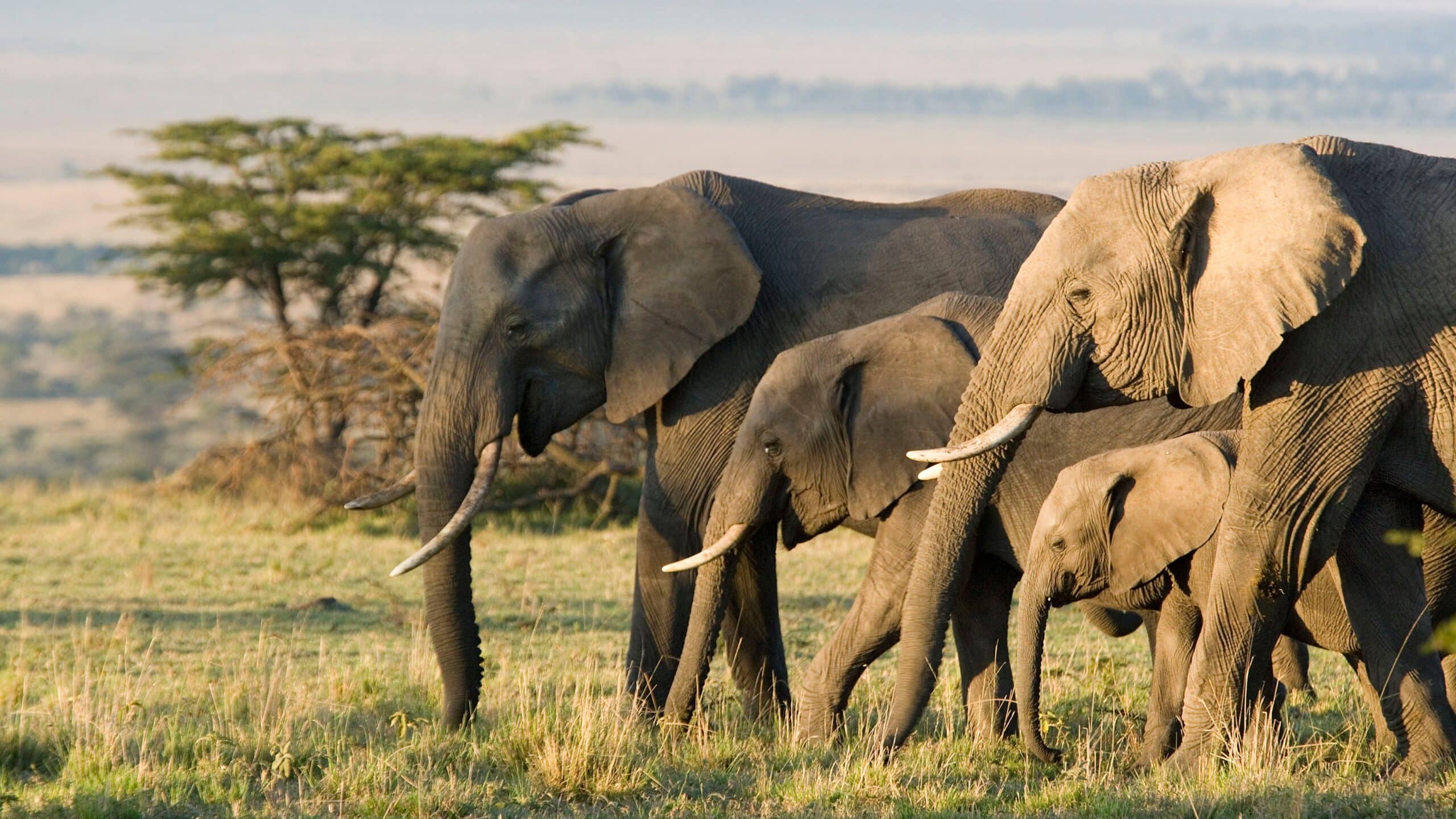
Getty Images©
Being an elephant is no easy task. These giant herbivores have to devour huge quantities of low-nutrient vegetation to meet their dietary needs, but their imposing size makes movement difficult and energy-consuming. A team of researchers from the UK and Germany set out to learn more about their movement strategies through a study published in the Journal of Animal Ecology.
Getting around to find food is a real challenge for elephants, especially in vast and sometimes hostile landscapes. Researchers from the University of Oxford, the German Center for Integrative Biodiversity Research (iDiv) and Friedrich-Schiller University Jena conducted research to understand their strategies for dealing with these difficulties. Their aim was to understand the behavior of these giant animals in a world where habitat fragmentation and human actions threaten their survival.
To do this, the team analyzed GPS data from 157 African elephants collected by Save the Elephants between 1998 and 2020, providing a fascinating insight into their movements in northern Kenya. Using an innovative computational model called ENERSCAPE, the researchers were able to assess the energy costs of their movements, taking into account their weight, the terrain and available resources such as vegetation and water.
Expert travelers
The results reveal strategic travel habits. Elephants systematically avoid steep terrain: 94% of the individuals studied prefer more accessible routes, which shows judicious energy management. They also favor vegetated areas rich in food resources, with 93% of them heading for particularly resource-rich environments.
Their behavior with regard to water is more complex. Some elephants stay close to water sources, while others venture further away, suggesting that proximity is not their only criterion.
In addition, their speed of movement plays a crucial role. The faster they go, the more they optimize their route to save energy. At high speed, 93% of them avoid energy-consuming terrain, compared to only 74% when they move slowly.
These discoveries have major implications for elephant conservation. By better understanding their movement choices, it becomes possible to design more effective migration corridors and reduce conflict with humans.
In addition, the study raises important questions about the impact of climate change on elephant routes, particularly in terms of available resources and associated energy costs.
“While more detailed research is needed to fully understand how an elephant uses its habitat, this study identifies a central decision-making factor for travelling elephants: save energy whenever possible,” explains study coauthor Fritz Vollrath of the University of Oxford, quoted in a news release.
Ultimately, this study shows that elephants are experts in managing energy, a vital resource in their quest for survival. Indeed, elephant populations have fallen dramatically over the last two centuries: today, there are only around 415,000 elephants left in Africa, compared to 3 to 5 million at the beginning of the 20th century, according to the WWF NGO.

